Francis Barlow
Francis Barlow (left) was one of the few men who served in the American Civil War to accomplish the feat of rising from enlisted private to General. This alone would make him an outstanding Civil War hero, but there is much more about the man that is interesting to look at...
Lets start with the obvious. Did you know it was possible to be a General during the Civil War, and have no facial hair?
Neither did I...
...but General Barlow was, apparently, just cool enough to pull it off.
His lack of epic facial hair was not the only thing that was unique about Barlow's appearance.
Oh no, not by a long shot...
Once he was promoted to the rank of General, Francis Barlow decided that such trivialities as uniform regulations were created for lesser men than he...
In the picture below, you can see the difference between Barlow's style of dress, and the style preferred by almost every other officer in the Union army. Barlow opted to wear a checkered "lumberjack" shirt with a bow-tie...
...and then, lest anyone should miss that incongruous pairing, he refused to button his uniform jacket. Preferring to let it hanging open so that everyone could admire his apparent 'luberjackness'!?!?
Who knows, might this have stemmed from the fact that he looked like a twelve year old boy? One member of Union General George G. Meade's staff officers went so far as to write that he thought Barlow looked, "Like a highly independent mounted newsboy..."
However, it would be a mistake to let the appearance of the "boy general" fool you. Francis Barlow was a strict disciplinarian, who expected his men to have the same fearless fighting spirit that he did.
One example of this would be his position on stragglers.
Take another look at that picture below. You will notice that the sword Barlow has is much bigger than the swords of the other officers. Why does he have a bigger sword you ask? Great question...
He chose to carry as large and heavy a cavalry saber as he could find. The reason? He wanted to make sure that it hurt when he hit stragglers with the flat of his sword. True story, stragglers became a real obsession for the General. Barlow hated straggling soldiers with such a passion, that he finally devised a solution to stop the problem for good...
When his columns were on the march, he deployed a company of skirmishers behind them with fixed bayonets. These men's job was to insure that any stragglers were immediately rounded up and prodded back into line.
Despite all the odd things about him, Francis Barlow was also a fearless leader with great fighting qualities. This is evidenced by the fact that he was able to advance through the ranks, from private to General, in less than two and a half years...
Civil War Service
As a Colonel at the Battle of Seven Pines, Francis Barlow demonstrated exactly what kind of leader he was...
During the battle, he and his regiment got separated from the rest of their brigade, but that did not deter young Barlow. He marched his men directly toward the sounds of battle, until he found an enemy to fight.
Without hesitation, Barlow led his men in a headlong bayonet charge that broke the Confederate line in front of him. As the enemy was fleeing, Barlow picked up a Confederate battle flag that had been dropped and left behind, and sent it to the rear.
Barlow then pushed his men on, towards the raging sounds of the ongoing battle.
They soon encountered another Confederate defensive line. This line was stronger, and was not ready to run from Barlow and his men...
Upon seeing the Union men approaching his position, the Confederate officer in charge shouted to Barlow, "Throw down your arms or you are all dead men! " Barlow immediately responded by ordering his men to fire. The firefight continued until darkness brought an end to fighting for the day.
Barlow had, by now, proven himself to be a capable commander, but he would further prove his abilities at the bloody Battle of Antietam...
During that battle, Barlow (still a Colonel) led his men in a charge against the Confederate position at the famous Sunken Road. In this action, they were able to capture about 300 Confederate soldiers, and captured three battle flags (one of which was lost again). This is all found in his official report of the battle, but Barlow then gives a very understandable explanation for why he would not be able to recount all the happenings of the day, "I was wounded in the groin by a ball from a spherical-case shot and know nothing of what subsequently occurred..."
After the battle, General John C. Caldwell wrote the following recommendation of Francis Barlow:
"Whatever praise is due to the most distinguished bravery, the utmost coolness and quickness of perception, the greatest promptitude and skill in handling troops under fire, is justly due to him. It is but simple justice to say that he has proved himself fully equal to every emergency, and I have no doubt that he would discharge the duties of a much higher command with honor to himself and benefit to the country."
Two days after Antietam, Barlow was promoted to Brigadier General...
Francis Barlow went on to serve well in many battles throughout the remainder of the war. He suffered serious wounds at both the Battle of Gettysburg, and the Battle of the Wilderness. The latter led to this somewhat humorous story:
"Barlow himself was desperately wounded, for the third time. He was transferred to a Washington hospital on a Sanitary Commission steamboat, via Aquia Creek. During the trip, he was interviewed by an elderly Sanitary Commission officer, who tenderly asked, "My dear boy, are you badly wounded?" Imagine the elderly officer's astonishment when Barlow replied: 'I am not a boy, I am a Major-General of the United States Army!' "
Post War
After the war, Francis Barlow returned to civilian life where he saw much success. One interesting thing that involved him after the war, was that he became the main character in former Confederate General John Brown Gordon's famous story from the Battle of Gettysburg.
Gordon claimed that when Barlow was injured during the battle, Gordon found him, helped him, but then thought he died. Barlow obviously recovered, but then also believed Gordon to have died. In the story, the two men met at a dinner party in Washington D. C. some sixteen years after the war, and were much surprised, and gratified, to find each other alive.
It is generally believed that Gordon's story is at the very least, greatly exaggerated. This is supported by the fact that Barlow is not known to have ever mentioned Gordon, or the story Gordon told. Some believe Gordon simply created the story as an aid for his campaign of reconciliation after the war.
Barlow first served as a U. S. Marshal after the war, but then went into political life. He served as both the New York Secretary of State, and the New York Attorney General. He gained notoriety for prosecuting William M. Tweed, also known as "Boss Tweed," the boss of a major New York political machine.
Another notable achievement from Barlow's postwar career is his position as a founder of the American Bar Association.
Despite returning to private law practice, Barlow remained active in Republican Party politics. In the disputed 1876 Presidential election, President Ulysses S. Grant sent him to Florida to look into the voting irregularities that occurred there. He fell out of favor in the Republican Party, however, when he announced that he believed that Florida was won by the Democrat, Samuel J. Tilden.
If his decision had been accepted, Tilden would have won the election, but after much political wrangling, Florida, and the election, was awarded to the Republican candidate, Rutherford B. Hayes.
Francis Barlow, the "boy general," was definitely one of the most unique officers of the American Civil war; but he was also one of its most accomplished, and he was definitely one of its true heroes.
American Civil War Story - Home
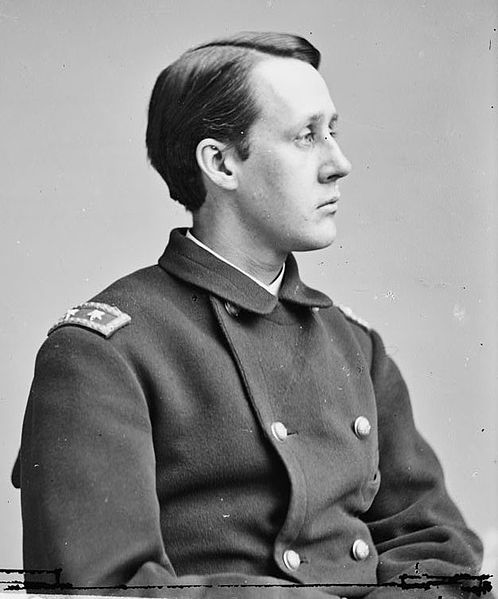

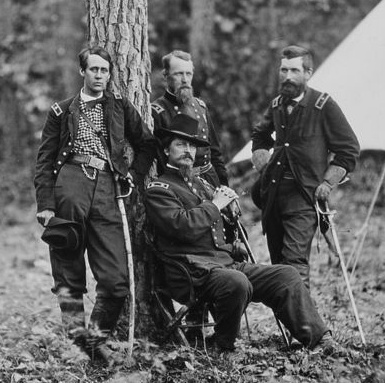
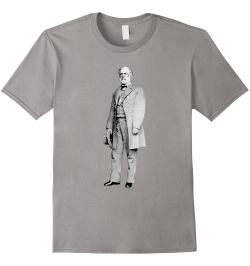
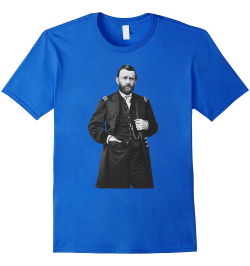

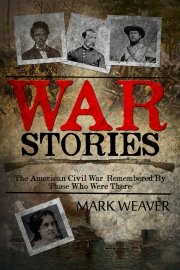
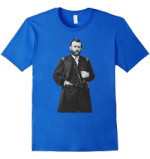
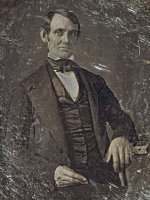
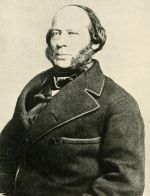
New! Comments
Have your say about what you just read! Leave me a comment in the box below.